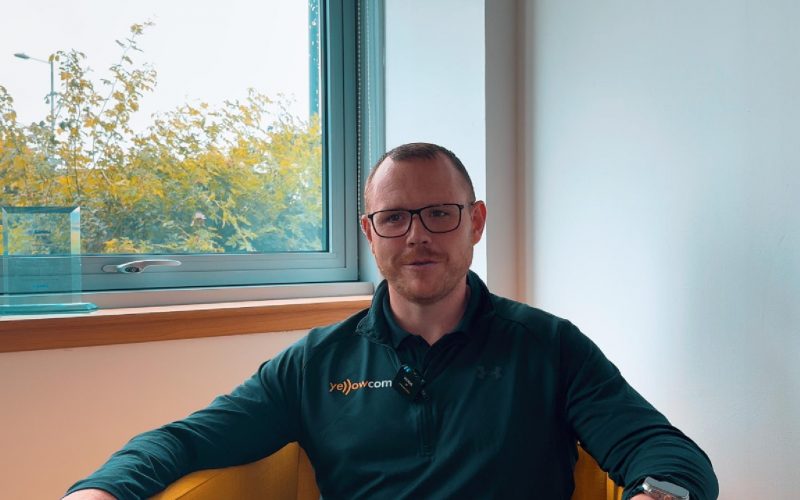UK: 03330 156 651 | IE: 01263 5299
-
UK: 03330 156 651
-
IE: 01263 5299
What Was The First Smartphone For Business?
Almost everyone working for a business uses an enterprise smartphone system that allows them to work from practically anywhere, but which phone coined the term?...
Stephen
Digital Marketing Manager
- Published Date:

Table of Contents
The concept of the business smartphone has gone from a fascinating novelty to nigh-ubiquitous amongst business executives and increasingly amongst the vast majority of office workers in barely two decades.
We have gone from the era of the Nokia 3310 to the folding smartphone that could potentially be used as a tiny laptop for urgent work on the move, as long as the right enterprise system is in place to allow for such a remote working arrangement.
The same year as the famously durable brick’s launch, however, was the first-ever smartphone, or at least the first phone that was described using that name, and provided an exceptionally early glimpse of the potential of the technology.
The First True Smartphone?
The Ericsson R380 may have been called the first mobile phone to be openly marketed as a smartphone, but whether it was actually the first depends on your definition.
The IBM Simon was technically the first mobile device to combine telephony and portable desktop assistant (PDA) functionality, but with a battery life of just an hour, it was barely useable as a novelty.
Other mobile phones have been made with the functionality of PDAs or small handheld computers, with the Nokia 9000 Communicator proving such a concept could sell in significant numbers.
However, whilst Nokia pioneered the concept, the Communicator’s bulky size even by the standards of mobile phones of the era gave away that this was as much two portable devices linked together as it was an integrated business mobile phone.
What set the R380 apart is that it was a much closer integration of PDA and mobile functionality, and would in many respects establish the core principles of what a smartphone is.
It used the EPOC32 operating system, a PDA operating system designed for the Psion Series 5 that eventually evolved in Symbian, an early and somewhat versatile cross-platform mobile OS.
Symbian would later be used to power Nokia’s smartphones such as the Nokia E6, and although it never quite reached the level of market dominance Android and iOS did, it did retain a significant market share before it was suddenly cancelled in favour of Windows Phone.
A decade earlier, The R380 had a resistive touch screen, mobile phone functionality, a personal
organiser, SMS, email and an internet browser over the WAP network, as well as handwriting recognition and the ability to connect to other phones (via infrared) and computers (via a serial connector.
Unlike modern smartphones, which entirely consist of a touch screen, the touchscreen component is folded out of the phone. When the phone was closed, it resembled a more conventional candybar phone, with a similar size and weight.
The only functionality the R380 was missing compared to a lot of early smartphones was the ability to install additional software, but it showed a clear, thinner future for smartphones.
It sold 200,000 units, was considered by Popular Science to be one of the most important technological advances of 1999 and was seen as groundbreaking.
It proved to be the missing link between the Psion PDA and one of the first true smartphone successes in the form of the Nokia 9210 Communicator, which was the first mobile phone to use Symbian OS itself.

Looking for a Smarter Way to Stay Connected? We Help Businesses Cut Costs and Improve Communication.
Share this post:
SHARE POST
Related Posts
Discover how Yellowcom supports businesses across Scotland with tailored telecoms, from VoIP to mobile. Meet Neale Kelly, our field.
Go beyond broadband. Discover how today’s telecoms providers support businesses with phones, mobiles, Wi-Fi, and more. Is your current.
Discover the advanced broadband solutions, Wi-Fi technologies, and connectivity features that are revolutionising retail operations across the UK and.
Sign Up to Newsletter
Solutions
Company
© 2025 Yellowcom Ltd. All rights reserved.



